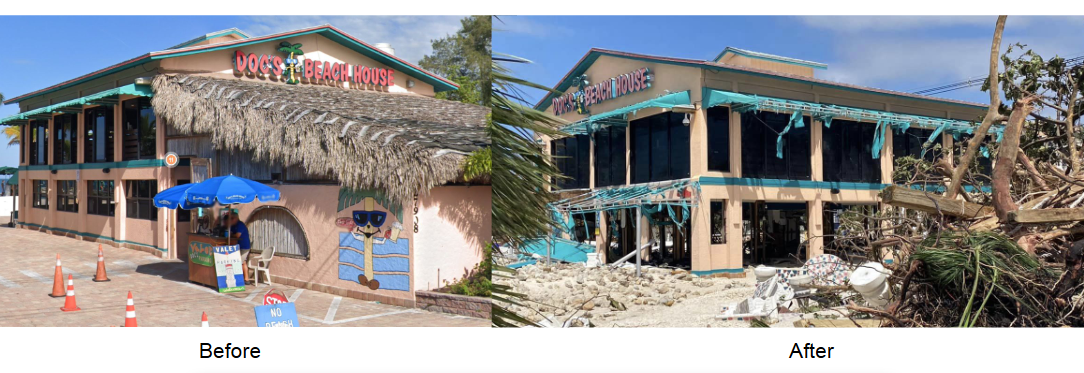By Dr. David O. Prevatt

Dr. David O. Prevatt
As we look at Hurricane Ian’s destruction, including the 140 fatalities and 20,000 homes destroyed, it is important to recall these impacts are not produced by the climate crisis but by normally expected extreme natural hazards. Our decades-long decision to live coastally, in low-lying areas and to build structures not designed to survive the extremes are contributing to the growing problem.
The Structural Extreme Events Reconnaissance (StEER) Network of researchers mobilized quickly after Ian’s landfall and have again captured the damage patterns and estimates of storm surge high water marks that will prove invaluable for countless future researchers. This Preliminary Virtual Reconnaissance Report (PVRR) is valuable for many beyond the natural hazards research community who need to understand the conditions of buildings immediately after Ian’s passage. We documented the variability in damage and offer the report and accompanying dataset, as baseline for further research studies, associating for example, where fatalities occurred to construction quality, type, or damage. I encourage you to share it and discuss with your networks.
In terms of wind speed, Hurricane Ian was not a design level wind-event, meaning that our building codes specify design standards based upon forces produced by wind speeds ranging from 150 mph to 170 mph in the direct landfall area, while the peak wind speed in Ian, came to only 125 mph or less. It was the extreme storm surge exceeding 13 feet above mean sea level that caused catastrophic loss to communities built along the water’s edge on barrier islands and coastal mainland. All we can hope for in newer building code provisions is that structures are elevated above potential storm surges. It is the legacy problem of many thousands of houses in place before the new code provisions that were in the bullseye. Further, the acute angle between Ian’s heading and Florida’s west coast proved challenging to determine the final landfall location and personal evacuation plans. Unfortunately, Hurricane Ian’s toll in human lives is the highest in a Florida hurricane since 1926.

Storm surge damage to Doc’s Beach House restaurant on Bonita Beach from Hurricane Ian. Courtesy, Lauren Hussey
These reports are our way as structural engineers and natural hazards researchers to pay tribute for the lives lost and property destroyed. Our work is presented and shared publicly with impacted communities, leaders, and other fields. We would be happy to engage with you on questions or to help with access to the work.
The Wind Hazard Damage Assessment Group believes we (society at large) have the capacity to mitigate the impacts of hazards, but only if we learn from them as they unfold and then intentionally act, based on evidence and facts on the ground. Contributing our engineering knowledge is only a part of the solution; the more important part may be providing communities with the confidence that solutions exist and pointing them out. Eventually communities must begin to self-advocate to achieve the levels of resilience they want at prices they are collectively willing to pay for.
Our reports are made available to ensure we will harden our future buildings and infrastructure, we will retreat from highly vulnerable areas where this makes sense, and we put in place the human and social services to assure more resilient and sustainable communities.
This opinion piece originated from the Wind Hazards Damage Assessment Group of the University of Florida. David O. Prevatt, Ph.D., PE (MA & FL), F.SEI, F.ASCE, is Professor of Civil & Coastal Engineering at the University of Florida’s Herbert Wertheim College of Engineering. Dr. Prevatt serves as StEER Associate Director for Wind Hazards, serving as primary liaison to the Wind Engineering community. You can learn more about him here and contact him at [email protected]
LMA Newsletter of 12-5-22


